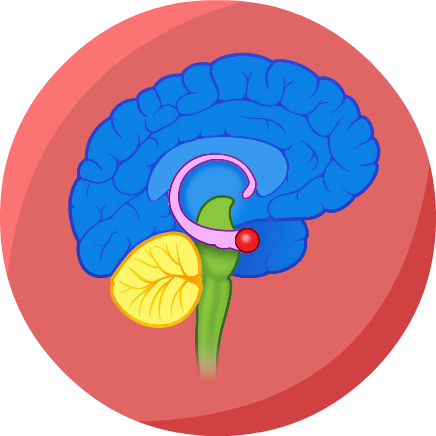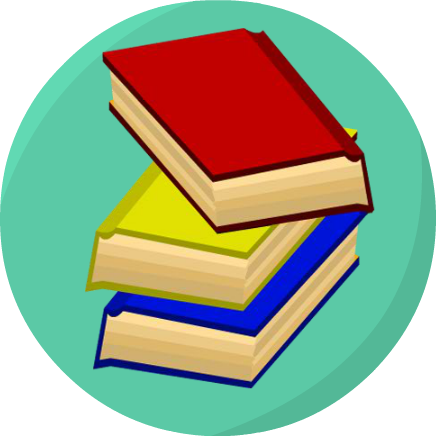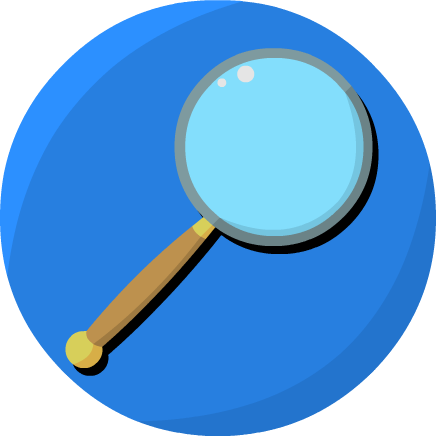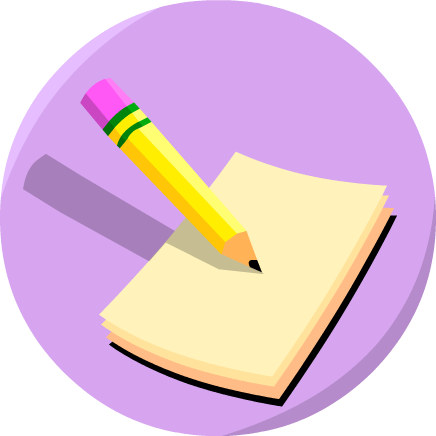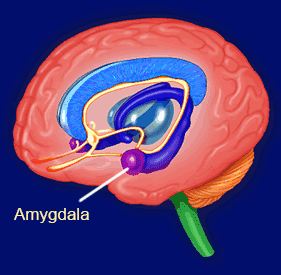
All people feel emotions. The amygdala is a small almond-shaped structure in the brain involved in basic emotions like joy, fear, sadness, surprise, anger, and disgust. It’s important to learn how to manage your emotions and to recognize what emotions others are feeling.
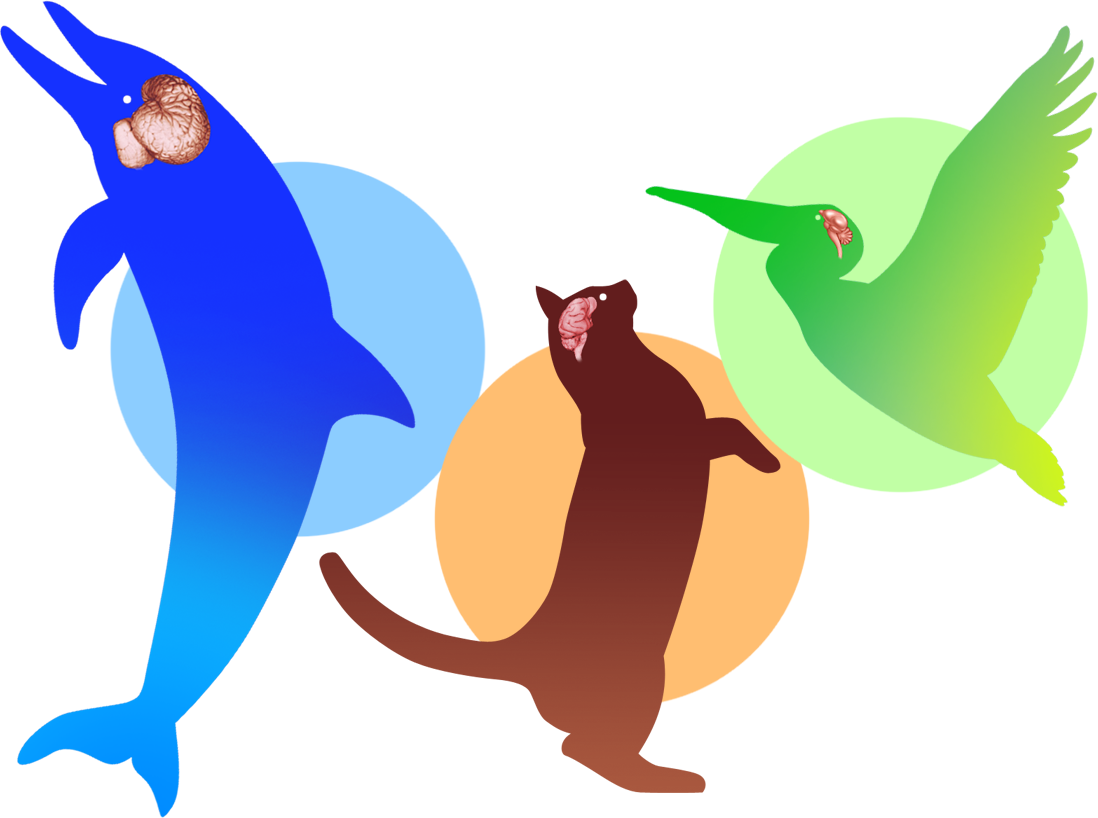
Most animals have brains, from the huge brain of a whale to the tiny brain of a fruit fly.
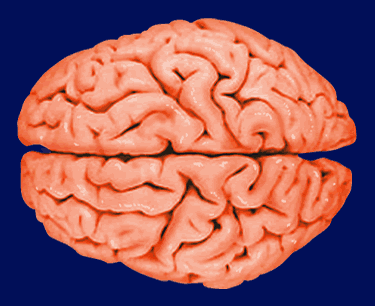
The brain is one of the largest and most complex organs in the human body. It is made up of more than 100 billion nerve cells that communicate in trillions of connections called synapses. It’s wet and wiggly!
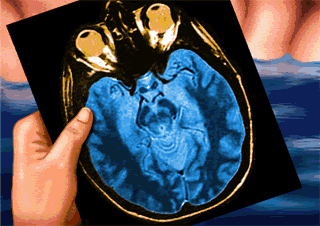
Special scans use computerized x-rays and magnetic fields to show the parts of the brain. The scans give doctors and scientists a picture of how the brain is working. An fMRI scan can show what parts of the brain are active when presented with different images or while performing mental tasks.
Some types of scans used by doctors and neuroscientists:
- CT (computed axial tomography)
- MRI (magnetic resonance imagining)
- fMRI (functional magnetic resonance imaging)
- PET (positron emission tomography)
- MEG (magnetoencephalography)
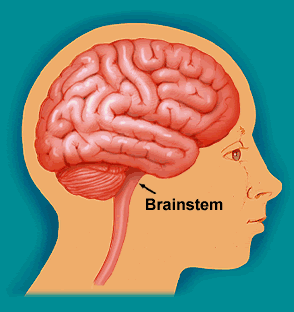
The most ancient part of the brain, the brainstem regulates things like heart rate, breathing, swallowing, digestion, blinking and more. Maybe it only does the basic things in life, but its job is really important!
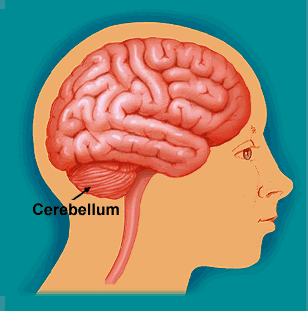
Located in the back of the brain, your cerebellum is a busy switching station. It receives messages from most of the muscles and joints in your body, communicates with other parts of the brain, and sends messages about movement and balance back to your body. It's also very active in learned skills like riding a bike.
Your cerebellum coordinates:
- Most muscles
- Learned skills
- Movement and timing
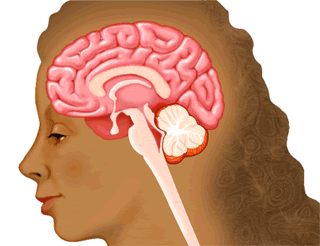
The word cerebellum means “little brain” but it’s a blockbuster at balancing. When you skip, dance, jump, and twirl your cerebellum coordinates them all. It helps you pour liquids, balance on a beam, and stay on the right track when you walk down a sidewalk.
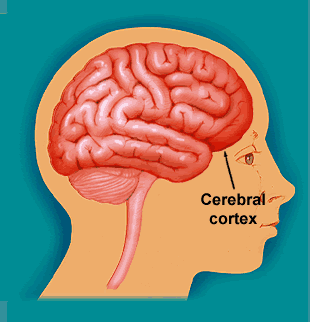
The cerebral cortex is the largest part of your brain. It does a lot of brain work, such as planning, decisions, and creativity. It's responsible for thinking and learning as well as processing the five senses. It covers most of the rest of the brain like a thinking cap.
Your cerebral cortex is responsible for:
- Thinking and learning
- Creativity
- The five senses
- Talking and singing
- Problem-solving
- Decisions
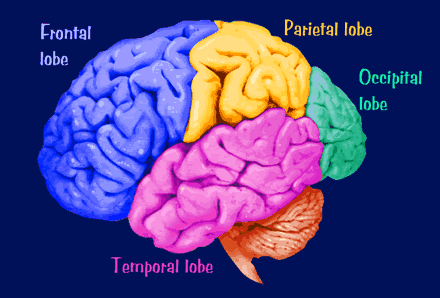
Scientists divide your cerebral cortex into four main areas: the frontal lobe, parietal lobe, temporal lobe, and occipital lobe. They all work together, but each of them also does special things.
Here are some things your lobes help you do:
- Frontal: thinking and planning; motor control; speech in Broca’s Area
- Parietal: integrates signals from the five senses, especially touch
- Temporal: hearing; language in Wernicke’s Area; aspects of learning
- Occipital: vision (a complex process!)
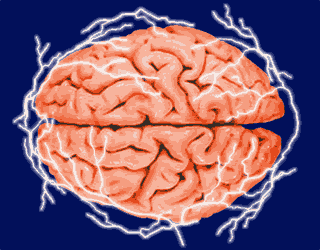
Your brain is electric! It uses about one-fifth of your body’s energy — more than any other organ — and generates electricity of its own.
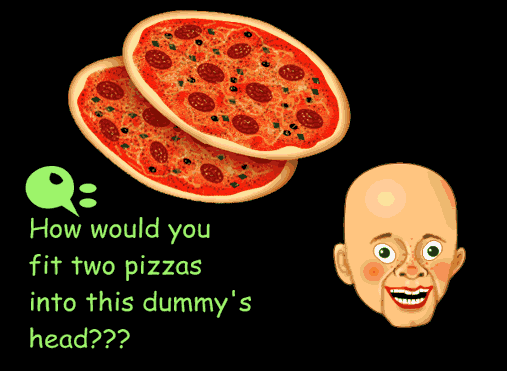
If the right side of your cerebral cortex was rolled out flat, it would be the size of a large pizza. Same with the left side. That makes two large pizzas. Food for thought!
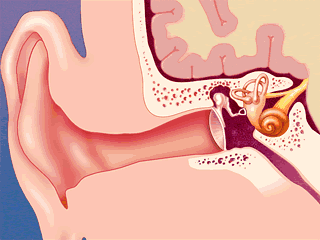
Sound waves make your eardrum vibrate. Then, the small bones in your ear vibrate, and the vibrations go through the snail-like cochlea, which turns them into nerve impulses to your cerebral cortex, in particular to the temporal lobes.
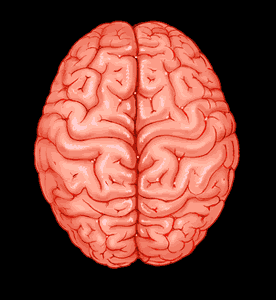
Your brain has a left and right half that closely resemble each other, yet may control different functions. The left half of your brain connects to the right side of your body, while the right half connects to your left side. The two brain halves are connected by the corpus callosum. The most important thing about them is that they work together!
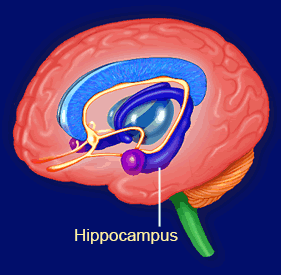
The hippocampus helps to store and process memories, then helps to find them when you want to remember something. It can also affect emotions. The word “hippocampus” means sea horse, whose shape the hippocampus resembles.
The hippocampus:
- stores and processes memories
- helps you recall a memory
- affects emotions

When you remember something, it's not like finding a snapshot in your brain. Instead, your brain, with the help of the hippocampus, has to construct pieces of the memory from different parts of your brain. It's easier to remember events that you had strong feelings about.
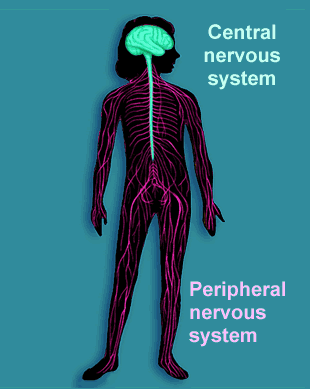
The brain sends signals to the rest of your body via the spinal cord, telling your body what to do. Your nerve fibers can be as long as three feet. They connect the parts of your body to your brain so it knows what’s going on in your body.
- Central Nervous System = Brain + Spinal Cord
- Peripheral Nervous System = Nerves to rest of body
- Sensory nerves carry messages from the body to the brain
- Motor nerves carry messages from the brain to the body
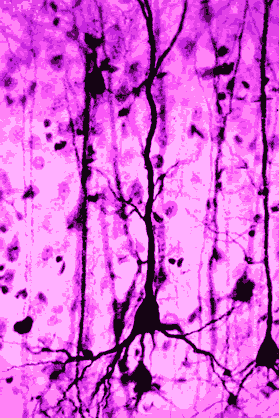
Neurons are the building blocks of your brain. You have around 100 billion of them, which is as many stars as are in the Milky Way galaxy! Neurons connecting to one another thousands of times a second is what makes your brain go.
- Building blocks of the brain
- 100 billion neurons
- 30,000 can fit on a pinhead
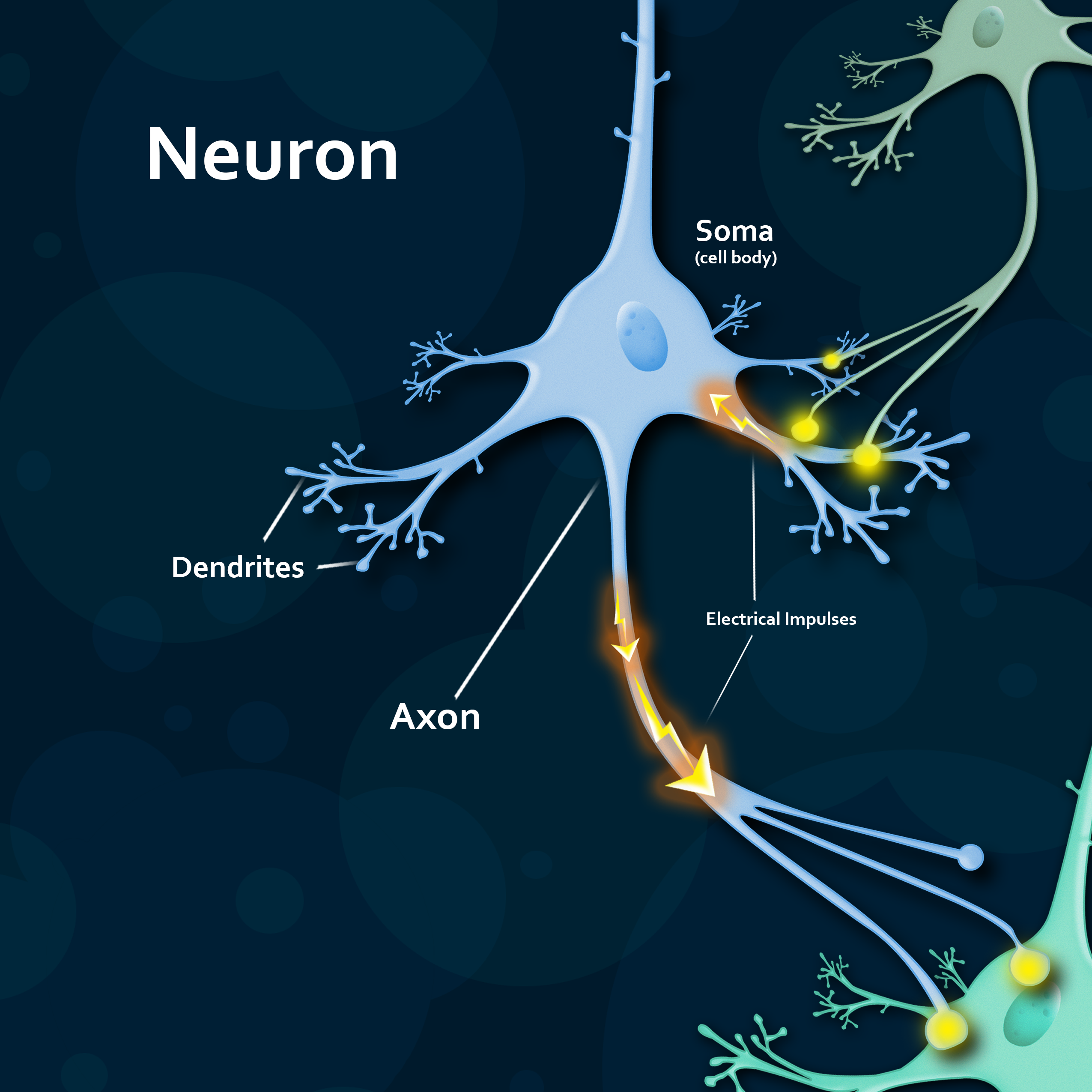
Neurons have three main parts. The cell body, or soma, is at the neuron's center. The main branch called the axon sends signals to other neurons. Smaller branches called dendrites receive signals from other neurons. The synapse is where two neurons connect.
- Soma: main body of the cell
- Axon: sends messages
- Dendrites: receive messages
- Synapse: point of connection between neurons
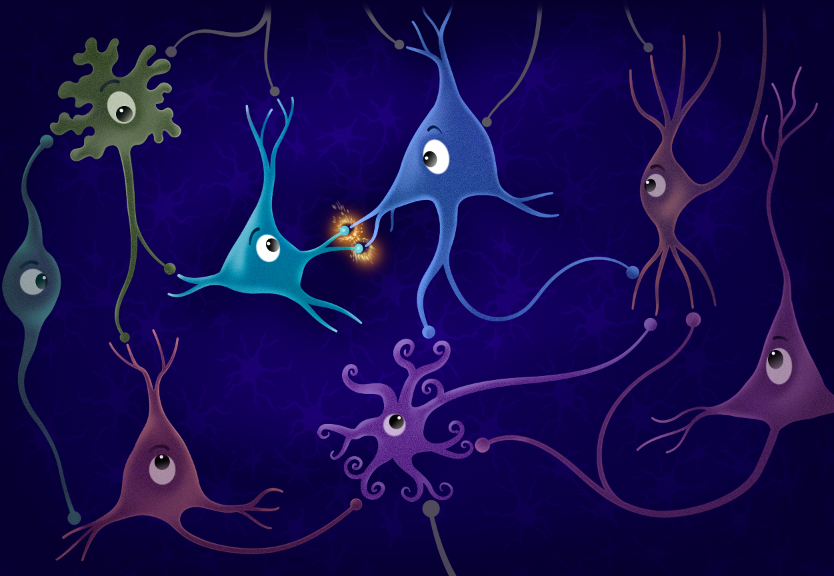
Neurons come in many types and shapes. They constantly connect to one another in networks that develop as you grow up. You shape these networks by what you do and think in childhood through early adulthood. Your brain and how its neurons connect is what makes you YOU.
- Many types and shapes of brain cells
- Networks of connected neurons make the brain work
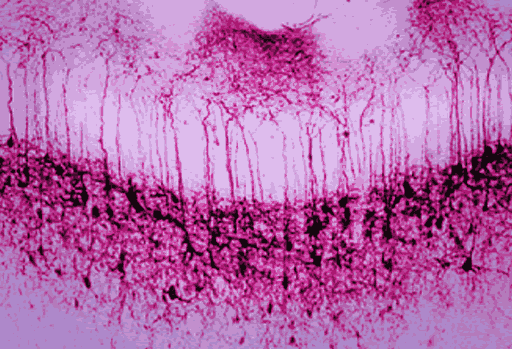
Neurons and their many branches (axons and dendrites) resemble a dense forest, full of message impulses and connections. They connect between different parts of your brain and with all the parts of your body, all the way down to your toes. Every time you do something, tens of millions of neurons exchange electrochemical signals in your brain. If your axons were put end, they’d circle the earth four and a half times!
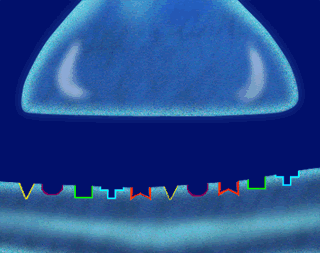
Neurotransmitters are the chemical messengers that travel between one brain cell and another at the synapse. Neurons use these electrochemical signals to talk to one another, which is what makes your brain work and helps determine how you feel and think.
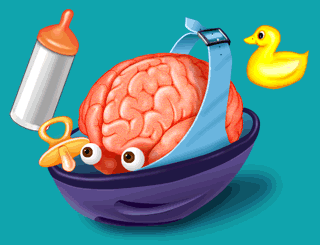
Your brain is three pounds of soft, fragile tissue. It is a very special and valuable organ. Without it, you would not be you. So it’s important to protect and take really good care of your brain!
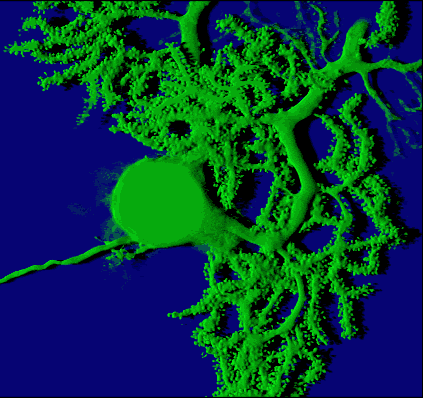
This image shows a special kind of neuron called a Purkinje cell. Purkinje cells are like big oak trees, with more branches than any other kind of nerve cell. The cerebellum has lots of Purkinje cells to help coordinate your movements, and they have long-distance connections to other parts of your brain.
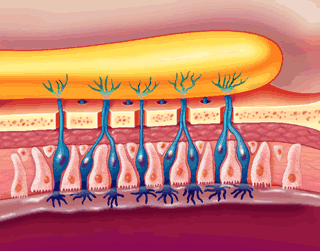
Odor particles drift into your nose and cause your smell receptors to send messages directly to other parts of your brain. The olfactory bulb, which helps you smell, is near your hippocampus and send signals to it, your amygdala, and your cerebral cortex. That’s why smell is connected to feeling and memory.
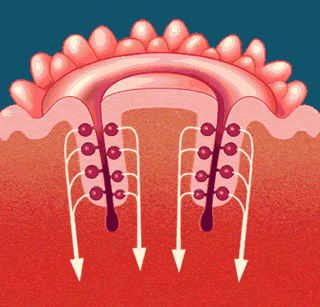
You have 10,000 taste buds in your mouth. Molecules of food stimulate the taste cells to send messages to your brain. The sweet and salty buds are the least sensitive and the bitter ones are the most sensitive.
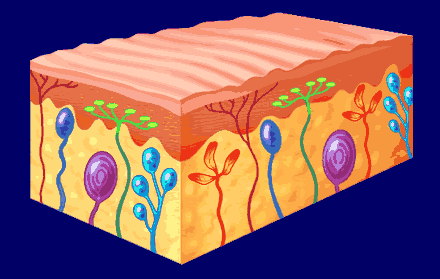
There are at least six types of touch receptors in your skin. One for hot, one for cold, one for pain, one for pressure, one for touch, and one for fine touch. But it’s your brain that helps you perceive what you’re touching!
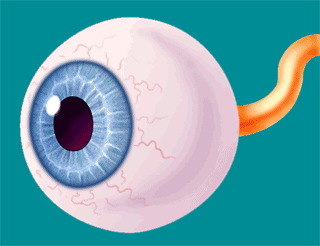
Your eyes gather visual information, which is sent to your brain to be processed and understood. It’s a complex job, performed mostly by your occipital lobe, to put together all the aspects of what you see, including shape, color, movement, and recognizing faces.
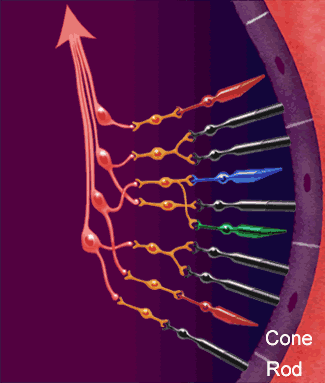
The retina, in the back of your eye, is part of your brain. It has cells that are sensitive to light. They connect directly to the occipital (visual) lobe in the back of your brain.
- Rods sense brightness
- Cones sense color
The neurotransmitter involved in regulating muscles, memory, mood, sleep, and organs (like the heart).
All people feel emotions. The amygdala is a small almond-shaped structure in the brain involved in basic emotions like joy, fear, sadness, surprise, anger, and disgust. It’s important to learn how to manage your emotions and recognize what emotions others are feeling.
The main branch of a neuron, extending from the central cell body to carry signals to other neurons. Axons can be as long as three feet. The signal is transmitted at the synapse.
The Blue Spot (Locus Coeruleus) is a pair of identical nuclei (clusters of neurons) in the pons from which all brain connections using norepinephrine arise. It’s active in attention and mental focus and goes to sleep when you’re asleep.
The brain is one of the largest and most complex organs in the human body. It is made up of more than 100 billion nerve cells that communicate in trillions of connections called synapses.
The most ancient part of the brain, the brainstem regulates things like heart rate, breathing, swallowing, digestion, blinking and more.
The brain sends signals to the rest of your body via the spinal cord, telling your body what to do. Your nerve fibers can be as long as three feet. They connect the parts of your body to your brain so it knows what’s going on in your body. The central nervous system is the brain and the spinal cord.
Located in the back of the brain, your cerebellum is a busy switching station. It receives messages from most of the muscles and joints in your body, communicates with the other parts of the brain, and then sends messages about movement and balance back to your body. It's also very active in learned skills, such as riding a bike.
The cerebral cortex is the largest part of your brain. It does a lot of brain work, such as planning, decisions, and creativity. It's responsible for thinking and learning as well as the five senses. It covers much of the rest of the brain like a thinking cap.
Clear fluid that fills in all of the spaces between the parts of your brain. It gives the brain a cushion.
A bridge of nerve fibers connecting the two hemispheres of the cerebral cortex.
A branch-like part of a neuron that receives impulses and information from other neurons.
A neurotransmitter important in helping to regulate physical movement, pleasure, and thought and is missing in patients with Parkinson's Disease.
A family of neurotransmitters. There are several different kinds (sometimes called an opioid) that helps to ease pain and cause sleepiness.
Gamma-amino-butyric acid, a neurotransmitter that inhibits synapse action, which can be important if your brain is overreacting to a stimulus.
Means "glue." The cells of your brain that are not neurons or blood vessel cells. These cells aid in signal transmission and hold the rest of your brain cells together.
Your brain has a left and right half. Certain functions like speech and language centers are often found in one side of the brain. The two brain hemispheres are connected by the corpus callosum. The most important thing about them is that they work together!
The hippocampus helps to store and process memories, then helps to find them when you want to remember something. It can also affect emotions. The word “hippocampus” means sea horse, whose shape the hippocampus resembles.
A thumb sized region deep in the middle of the brain that monitors the body's internal functions and helps regulate things like hunger, thirst, body temperature, and hormones.
The limbic area of your brain has many parts. They are important to your memory, emotions, smell, and hunger. They also help determine how you respond to danger.
The four areas of the cerebral cortex. The frontal lobe, temporal lobe, parietal lobe, and occipital lobe all work together, but each of them also does special things.
- Frontal: thought, decision, feeling, moving
- Temporal: hearing, speaking, learning
- Parietal: touch, language, moving
- Occipital: vision
A part of the brainstem that regulates breathing, heartbeat, and blood flow.
The ability to remember things you’ve learned and things that have happened. Your brain, with the help of the hippocampus, constructs pieces of memory from different parts of your brain. It's easier to remember events that you had strong feelings about.
Axons and dendrites are like branches that extend from neuron’s cell body to relay and receive signals from other neurons and nerve cells in your body. These connections are what make your brain go!
Neurons are the building blocks of your brain. They are tiny cells but you have around 100 billion of them, which is as many stars as are in the Milky Way galaxy! Neurons connecting to one another thousands of times a second is what makes your brain go.
Neurons have three main parts. The cell body, or soma, is at the neuron's center. The main branch called the axon sends signals to other neurons. Smaller branches called dendrites receive signals from other neurons. The synapse is where two neurons connect.
Chemical messengers that travel between neurons. The chemical signals allow neurons to talk to one another; they’re what make your brain work. They help determine how you feel, think, and act.
This term is used two ways in neuroscience:
1) The nucleus is the central part of a neuron or other type of cells where genetic information is stored and put into action.
2) A nucleus is a cluster of neurons in a specific location in the brain, like the locus coeruleus.
The olfactory bulb receives and processes smells. It’s close to the limbic region, which is why certain smells can activate vivid memories and emotions.
Nerve fibers that connect the retina in the eye to the visual (occipital) cortex in your brain and allow you to see.
Some peptides function as neurotransmitters that often act as helper signals with other neurotransmitters in ways similar to how the endorphins help to regulate the feeling of pain. Can be found all over the brain.
Nerve cells and fibers that connect the rest of your body to your central nervous system. They send signals from your brain to your body and allow your brain to detect what’s happening in your body.
A special kind of neuron. They look like big oak trees, with more branches than any kind of nerve cell. The cerebellum uses lots of Purkinje cells to coordinate movements.
Pyramid-shaped cells of the cerebral cortex and hippocampus with long connections to other neurons of the cortex and other brain regions. Pyramid cells are depicted in Morphonix's book “Neuron Galaxy.”
Special scans use computerized x-rays, magnetic fields, and more to show the parts of the brain. The scans give doctors and scientists a picture of how the brain is working.
A neurotransmitter that is involved in mood (such as helping you to feel happy), sleep, mental health, blood pressure and heartbeat.
The bone surrounding your brain that acts like a helmet, helping to protect your brain.
Odor particles drift into your nose and cause your smell receptors to send messages directly to other parts of your brain. The olfactory bulb, near your hippocampus, send signals to it, your amygdala, and your cerebral cortex. That’s why smell is connected to feeling and memory.
Another name for the neuron's main cell body, from which the dendrites and axons extend.
A collection of nerve fibers carry instructions to, and receive signals from, the rest of your body. They run down the center of your back and connect all the parts of your body to your brain. The spinal cord is your body's information superhighway to and from the skin, muscles, and joints.
A deep crease between the ridges of your cerebral cortex. A sulcus allows the brain to have more surface area inside the skull. The large channel separating your frontal and parietal lobes is called the central sulcus.
The connection point between neurons. The synapse is a tiny space where two neurons meet and messages are sent by way of neurotransmitters.
One of your five senses. You have 10,000 taste buds in your mouth. Molecules of food stimulate the taste cells to send messages to your brain.
Rounded structure in the middle region of the brain that relays sensory and motor signals to the cerebral cortex. It’s involved in sleep, alertness, and consciousness.
Hollow spaces in your brain that are filled with cerebrospinal fluid.
Your eyes gather visual information, which is sent to your brain to be processed and understood. It’s a complex job, performed mostly by your occipital lobe, to put together all the aspects of what you see, including shape, color, movement, and recognizing faces.
